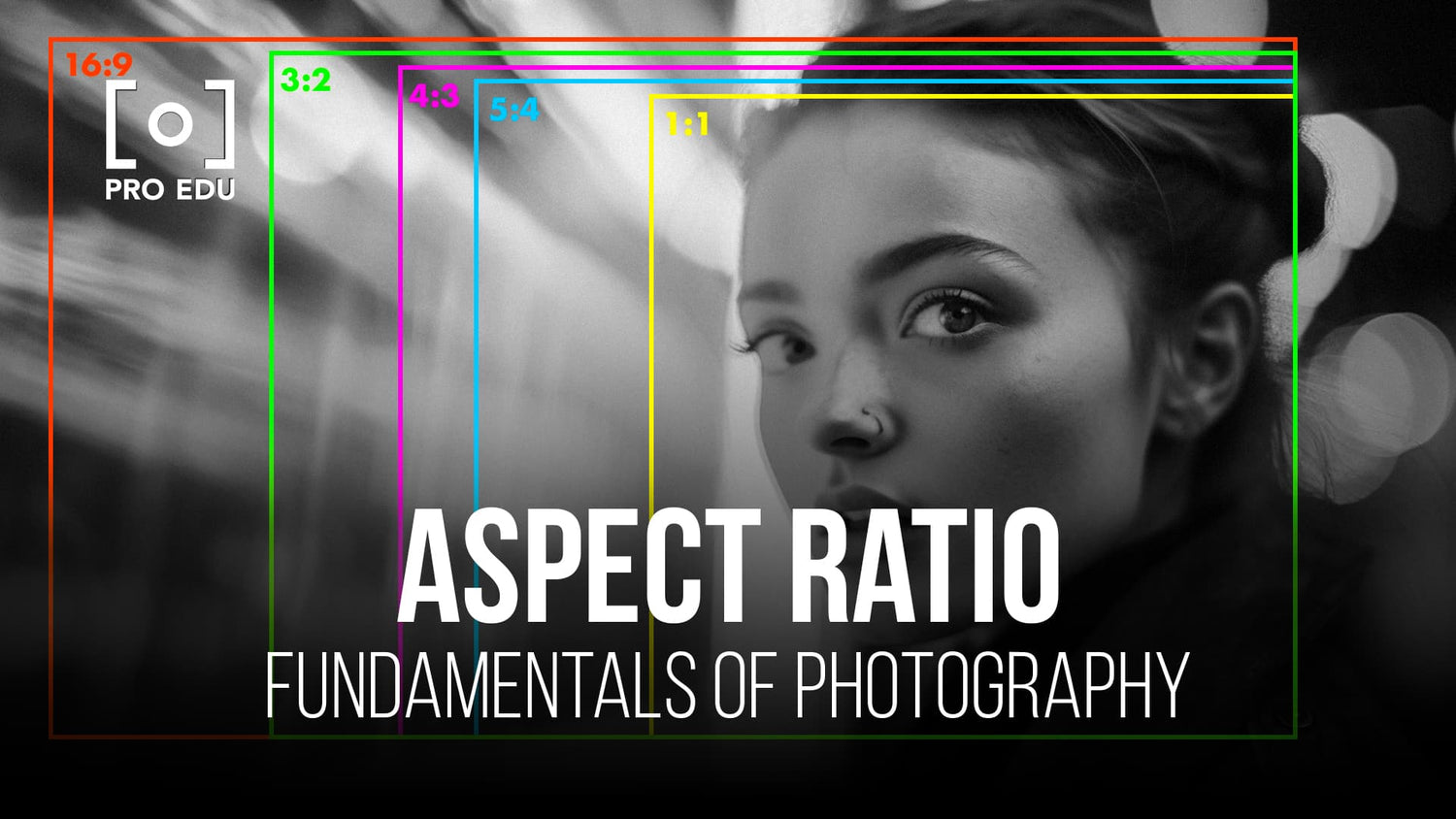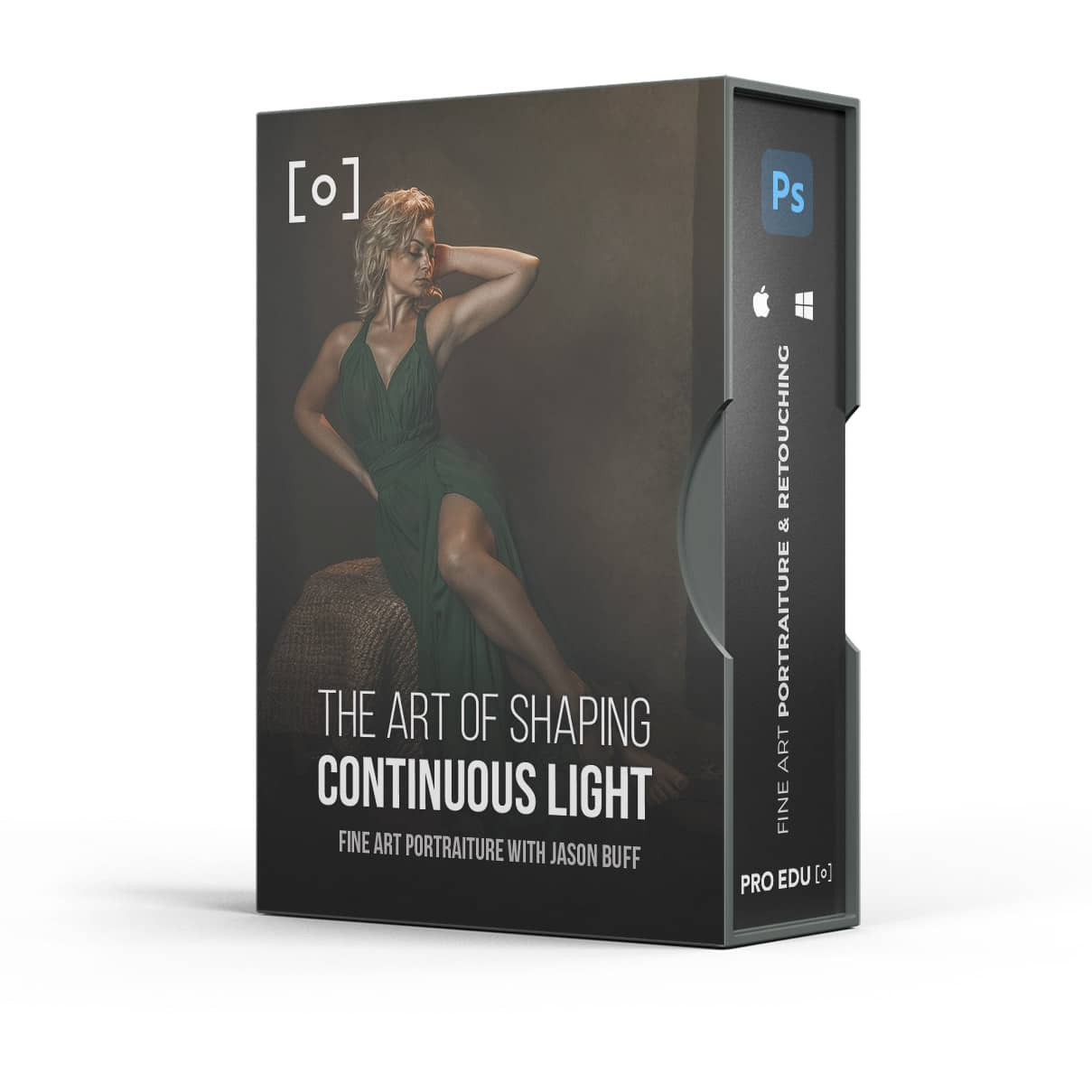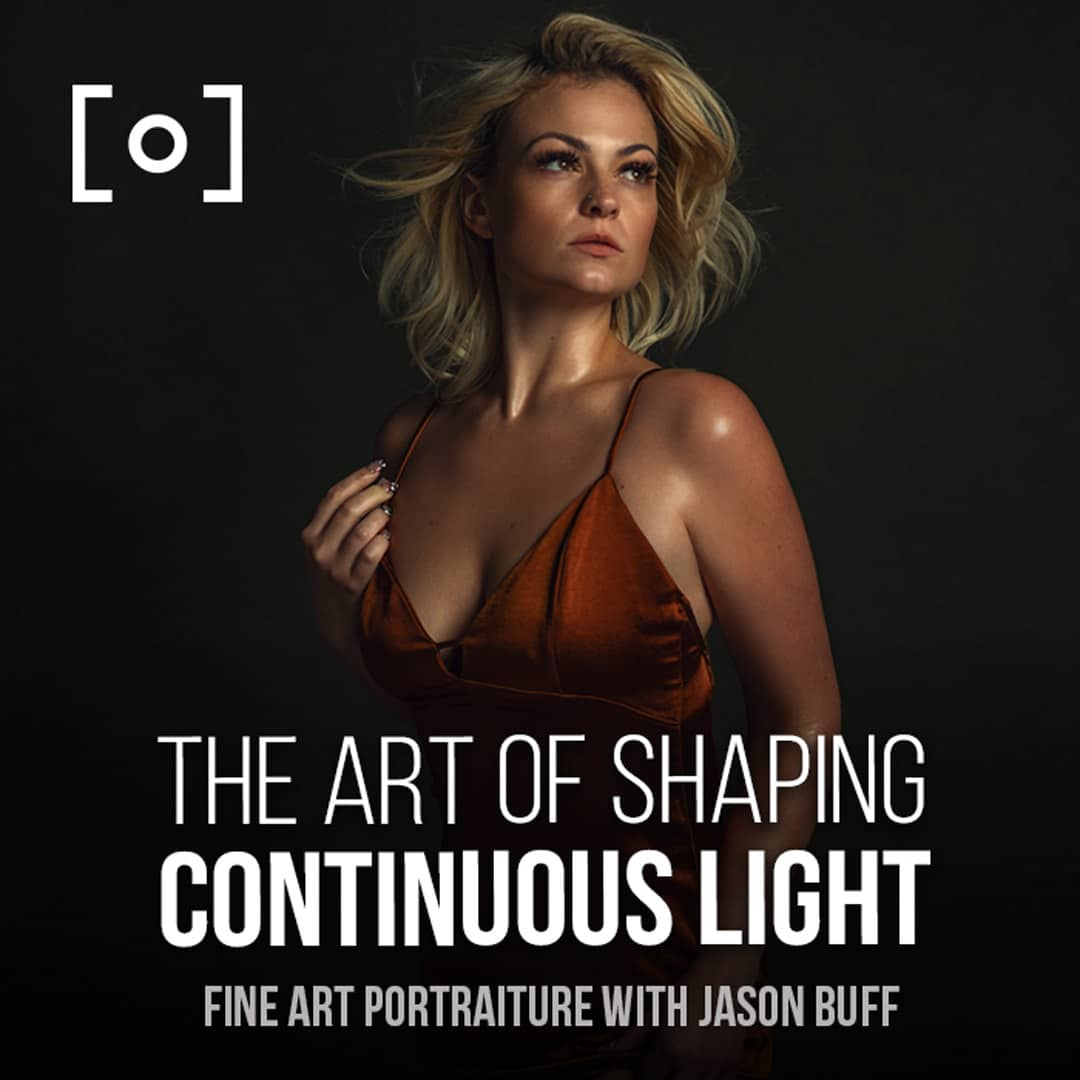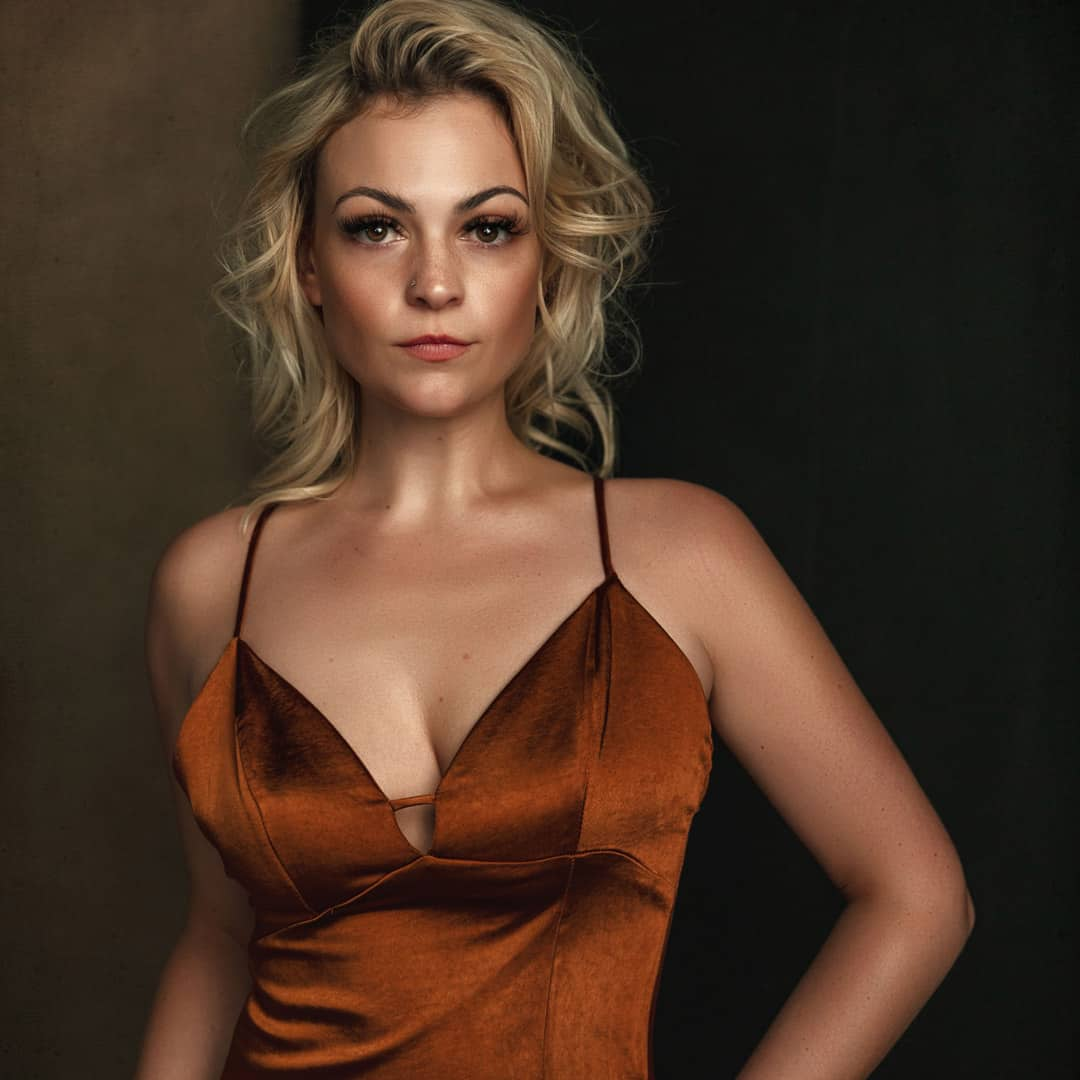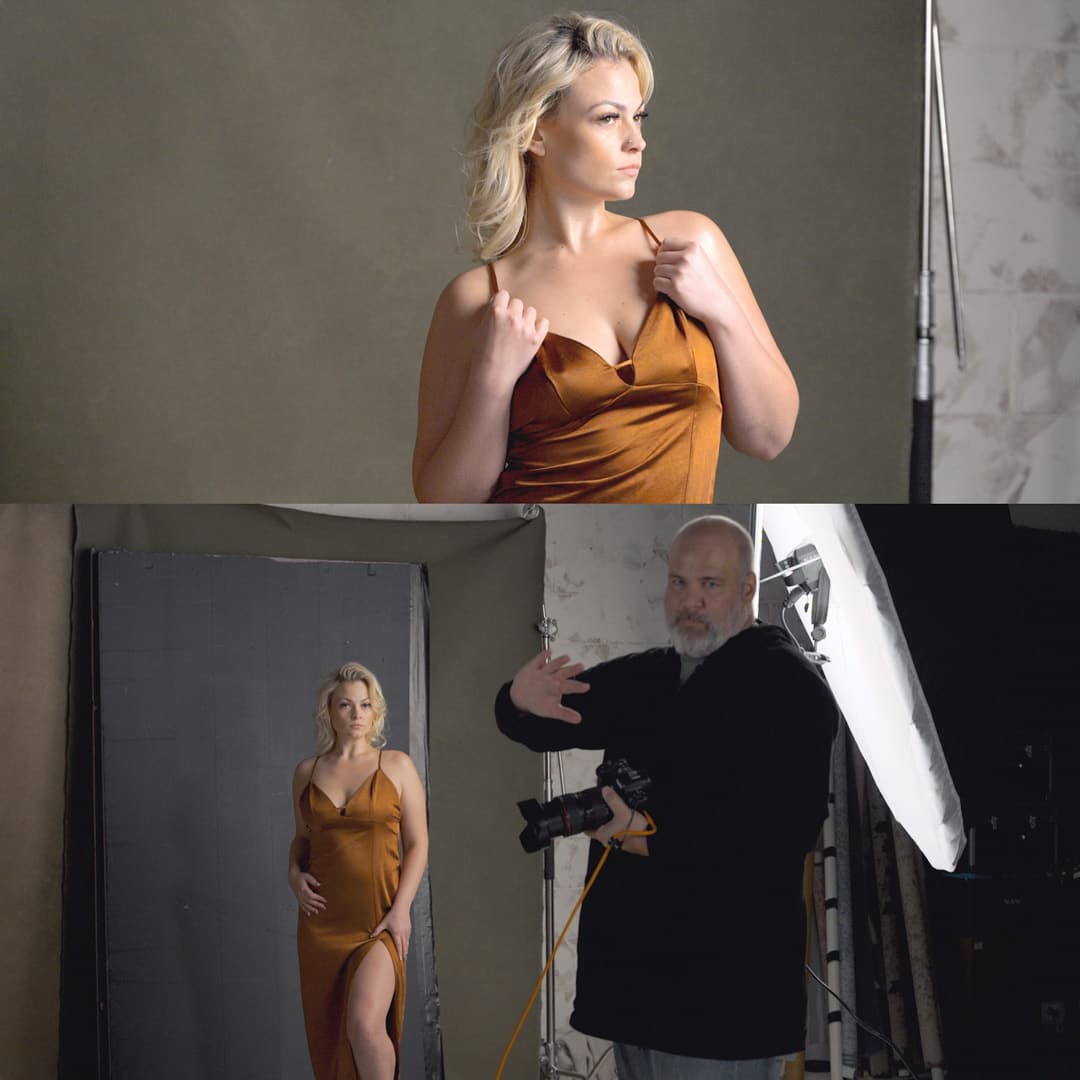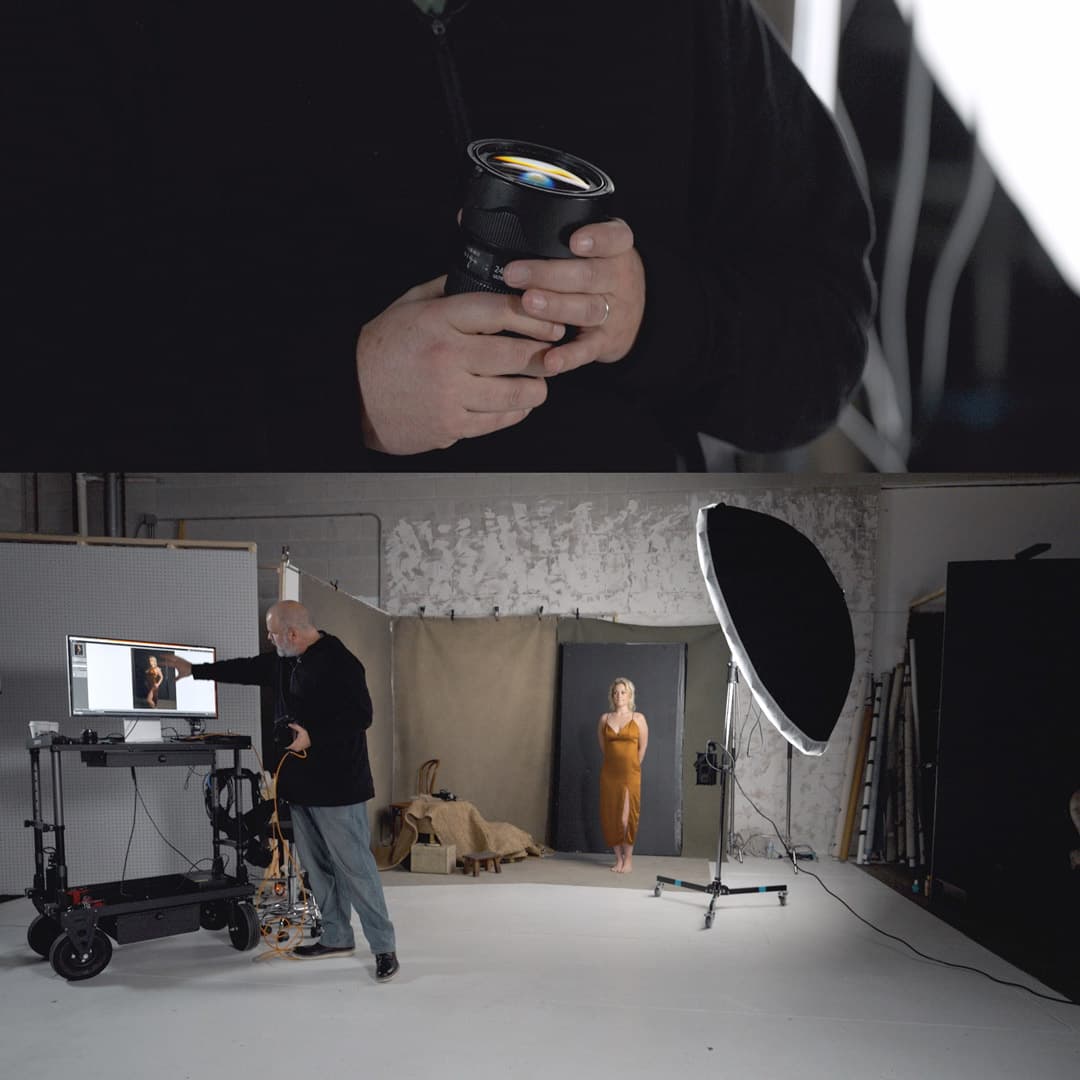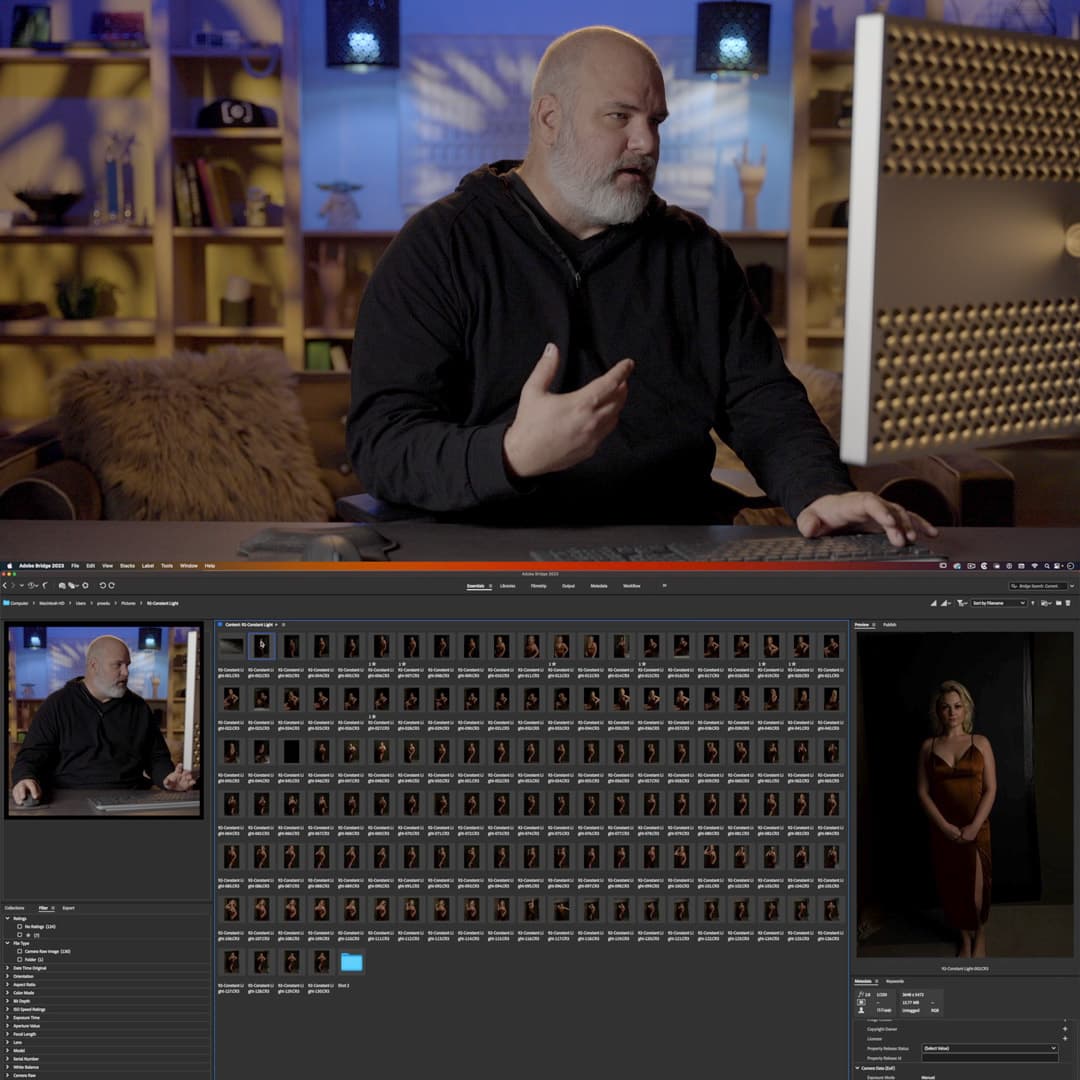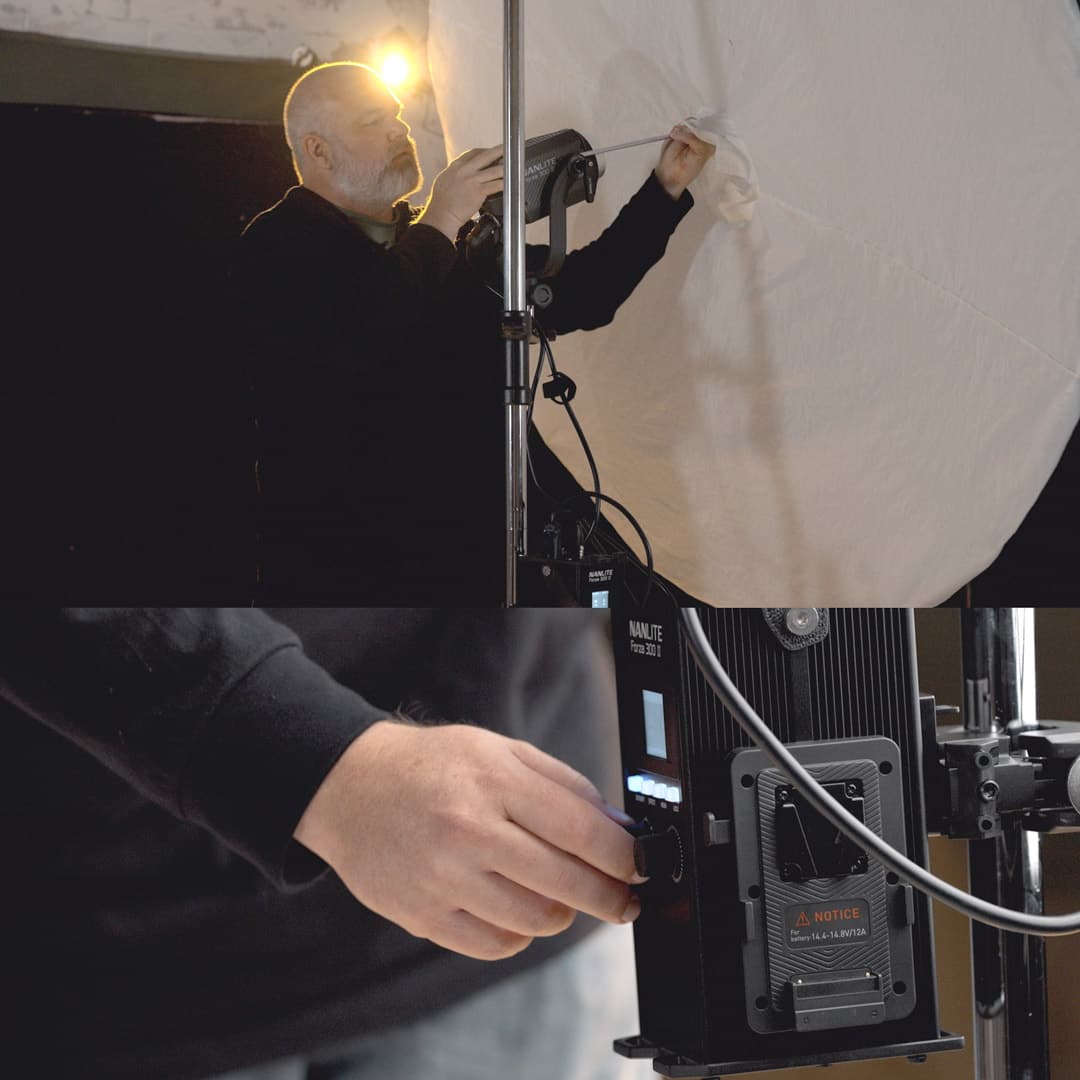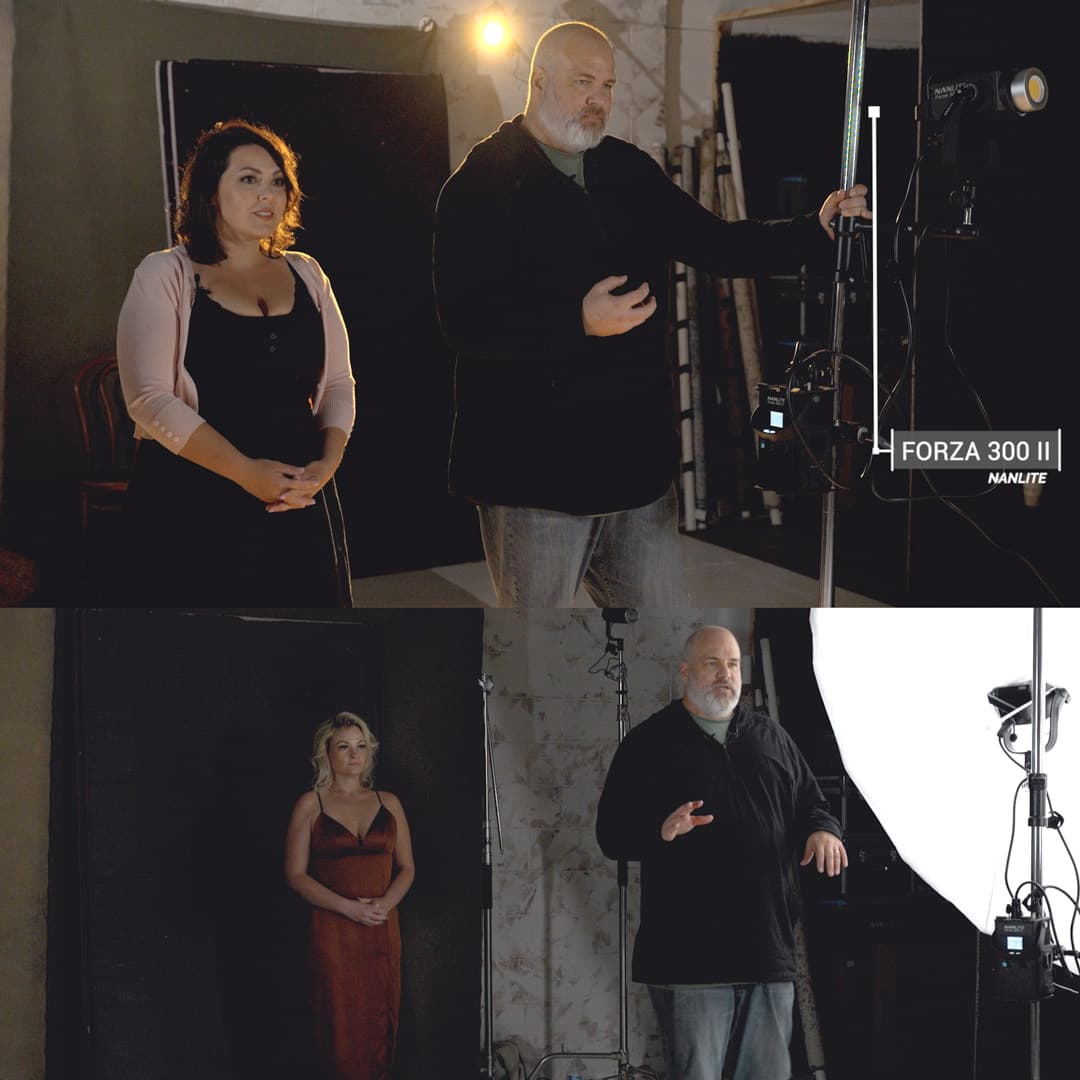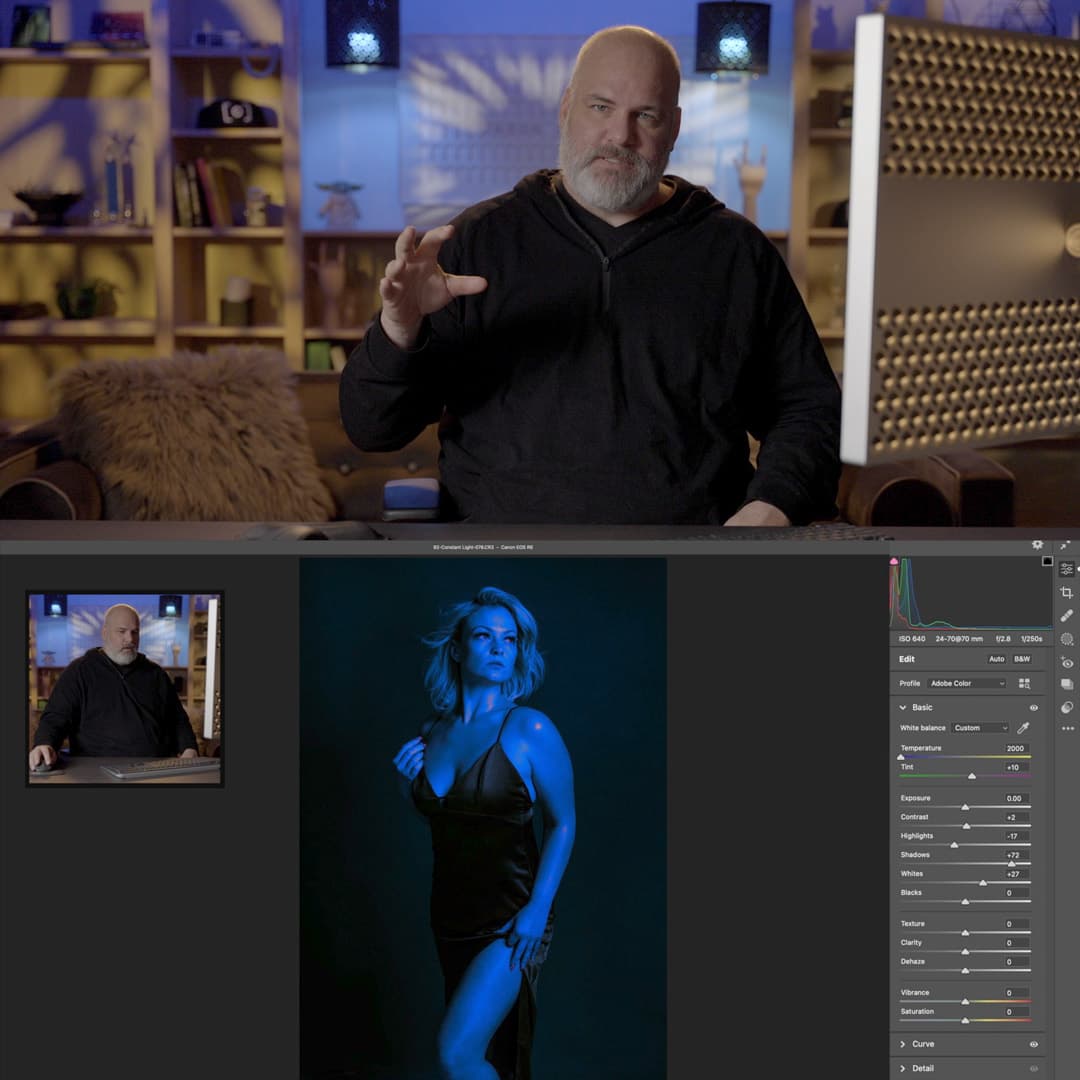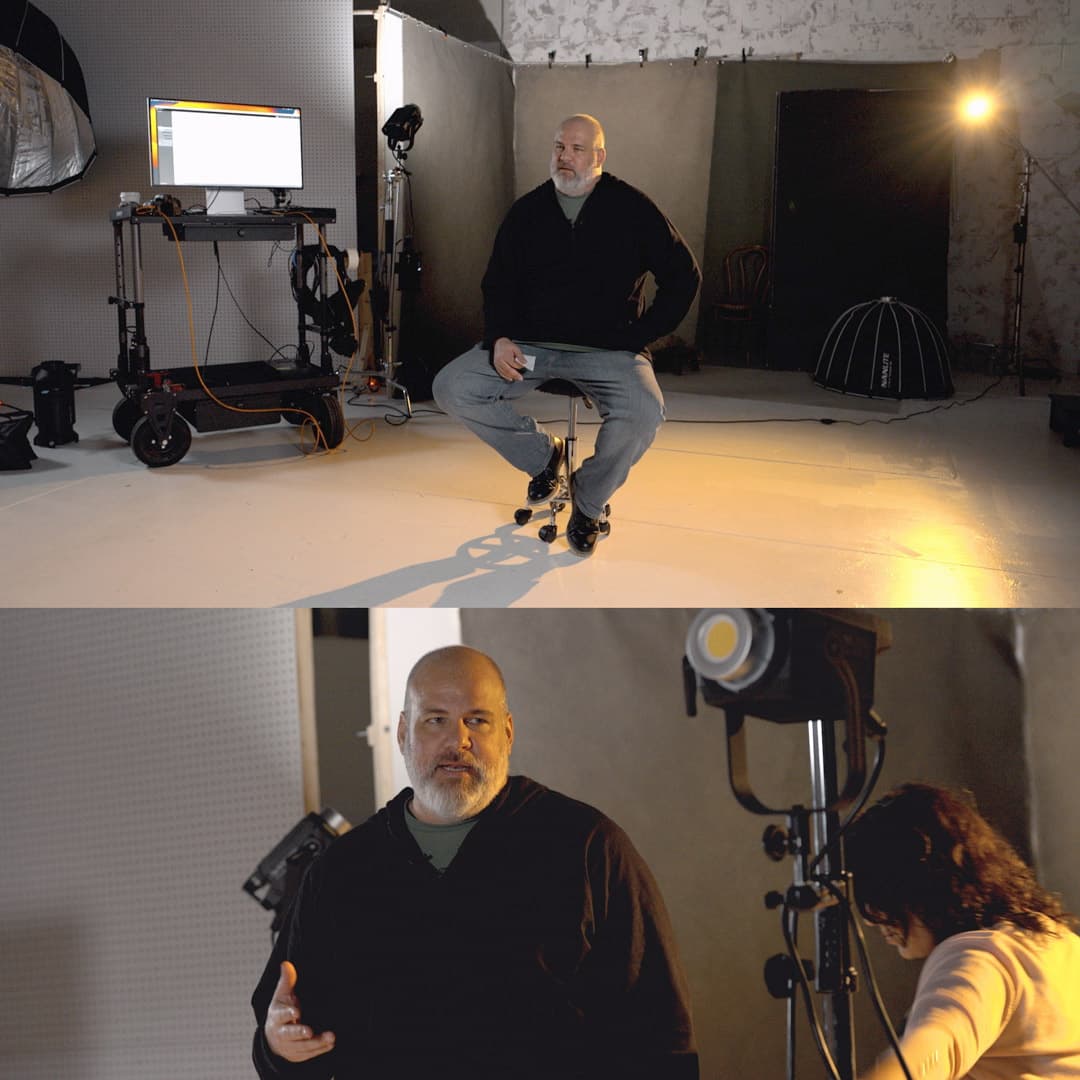Understanding Aspect Ratio in Photography: A Concise Guide for Perfect Compositions
Understanding aspect ratio in photography is essential for both beginners and experienced photographers. It refers to the proportional relationship between the width and height of an image, often expressed as a ratio such as 3:2 or 4:3. This fundamental concept affects how your images fit within different frames and influences the overall composition.
The importance of aspect ratio lies in its ability to create harmony and balance within your photos. By using different aspect ratios, you can emphasize particular elements or create a more dramatic effect. Additionally, being aware of the aspect ratio can help you properly resize or crop your images without compromising their visual appeal.
As you explore photography further, you will encounter various types of aspect ratios, each with their specific uses and implications. The aspect ratio is closely tied to your camera's sensor size, which determines the default proportions of your photos. Additionally, you should consider the aspect ratio when adjusting your images or preparing them for prints to ensure they display as intended.
Key Takeaways
- Aspect ratio is crucial in creating balanced and harmonious images in photography.
- Different aspect ratios serve specific purposes and can affect the visual appeal of your photos.
- Understanding the connection between camera sensors and aspect ratio can help you choose the right proportions for your images.
The Importance of Aspect Ratio in Photography
Aspect Ratio Impact on Composition
The aspect ratio plays a significant role in the composition of your photographs. It represents the relationship between the width and the height of an image, expressed as a ratio, like 3:2 or 4:5. It is important to understand this concept because your camera's sensor determines the initial aspect ratio of your images, which directly influences the framing and the overall appearance of your shots.
When composing a photo, the aspect ratio helps in determining the placement of the main subject and other elements within the frame. Experimenting with different aspect ratios can lead to unique and creatively expressive compositions. For instance, using a 1:1 square aspect ratio can create a balance and symmetry that might not be achievable in a traditional 3:2 or 4:5 ratio.
Aspect Ratio Role in Photography Aesthetics
Beyond composition, aspect ratios also impact the aesthetics and the overall feel of your photographs. Certain aspect ratios, like the cinematic 16:9, can evoke a more dramatic and engaging feel when compared to traditional 3:2 or 4:5 ratios. Using a wide aspect ratio can create a sense of depth and immersion in landscape or architectural photography.
Different aspect ratios also affect the print sizes and the appearance of your photos on various media platforms, such as social media, digital galleries, and even physical prints. It's important to choose an appropriate aspect ratio for your intended use case, as it will dictate how your image is displayed and perceived by viewers. In summary, understanding the concept of aspect ratio and its impact on composition and aesthetics will help you create more visually appealing photographs, tailored to your creative vision and your audience's expectations.
Types of Aspect Ratios
Widescreen Formats
In the world of photography and videography, widescreen formats are popular for their immersive and cinematic qualities. The most common widescreen aspect ratio is 16:9, which is widely used in television and video content. This ratio works well for landscapes and capturing expansive scenes, providing a broader view and a sense of depth.
Another widescreen format is 2.35:1, often used in high-end production to create a more cinematic look. However, it is less common in photography as it’s not typically natively supported by most camera sensors.
Camera Native Ratios
Different cameras come with various native aspect ratios that define their sensors. For instance, most modern digital cameras have either a 3:2 or a 4:3 aspect ratio. Full-frame and APS-C DSLR cameras generally have a 3:2 aspect ratio, which is closer to the traditional film cameras. On the other hand, smartphones, Micro Four Thirds and some medium format cameras come with a 4:3 aspect ratio, offering a more balanced and versatile framing.
Square formats, having a 1:1 aspect ratio, are less common in camera sensors today but have gained popularity, especially on social media platforms like Instagram. Square formats are well-suited to centralized subjects and symmetrical compositions, giving a sense of equality to all dimensions.
Social Media Ratios
Social media platforms often have their own preferred aspect ratios for images and videos. For example, Instagram primarily supports 1:1 (square) formats, but also allows 4:5 and 1.91:1 ratios, giving users more flexibility while maintaining visual consistency. It's essential to consider these aspect ratios while preparing your images to optimize the way they appear on specific platforms.
Facebook, on the other hand, allows for a wider range of aspect ratios, including 16:9, 4:3, 9:16, and 2:3. For instance, the platform adjusts images based on the device used: laptop, tablet, or phone. Platforms such as YouTube and Vimeo, which focus on video content, use the 16:9 aspect ratio that is common to video production.
To sum up, there are various aspect ratios available for your photography needs, ranging from widescreen formats and native camera ratios to those specifically tailored for social media. Understanding and utilizing these different aspect ratios will enhance your photographs and showcase them effectively across various platforms.
Camera Sensors and Aspect Ratio
Digital Camera and DSLR Sensors
When it comes to digital cameras and DSLRs, the most common aspect ratios are 3:2 and 4:3. With full-frame and APS-C DSLR cameras, you will usually find a 3:2 aspect ratio sensor1. This aspect ratio has origins from the 35mm film camera era and remains prevalent today.
Some digital cameras, particularly compact ones and mirrorless models, might utilize a 4:3 aspect ratio2. This choice varies depending on the camera manufacturer and their design preferences.
Smartphone Cameras Sensors
Smartphones typically feature camera sensors with a 4:3 aspect ratio3. This aspect ratio allows for increased versatility, as it can be easily cropped to fit other aspect ratios such as 1:1 for social media platforms like Instagram.
However, some smartphone models also offer the option to shoot in a 16:9 aspect ratio, which is the standard format for HDTV3. This can be useful when capturing videos or aiming for a widescreen cinematic effect.
Medium Format Cameras Sensors
Medium format cameras, which offer larger sensors than DSLRs, also vary in their aspect ratios. Some medium format cameras, such as certain Leica models, use the classic 3:2 aspect ratio commonly found in 35mm film cameras and DSLRs2.
Other medium format cameras may opt for a different aspect ratio altogether, such as the 4:3 ratio found in Micro Four Thirds systems1. Ultimately, the aspect ratio of a medium format camera sensor will depend on the manufacturer's design goals and the intended purpose of the camera.
Overall, understanding the aspect ratios of different camera sensors is essential for photographers to make informed decisions about composition and framing. By familiarizing ourselves with the variations in aspect ratios among DSLRs, smartphones, and medium format cameras, we can better anticipate the final output of our images and adjust our creative approach accordingly.
Adjusting Aspect Ratio
Cropping and Post-Processing
When working with photography, it's essential to consider the aspect ratio to preserve the intended composition. We can adjust an image's aspect ratio in post-processing by cropping the image. Cropping allows us to retain the essential elements of a photo by removing unwanted parts and altering the aspect ratio if desired.
However, it's crucial to maintain a balance between cropping and preserving an image's integrity. Over-cropping might lead to a loss of important details in the photo. Additionally, cropping can help align the elements of a photo with the rule of thirds or other compositional techniques. So, use cropping carefully and make sure to always save non-destructive versions of your images.
Resolution and Display Dimensions
One aspect to consider while adjusting aspect ratios is the resolution and display dimensions. Different devices and platforms require different aspect ratios for optimal viewing. For example, a website might require a 16:9 aspect ratio, while a print advertisement might need a 4:5 ratio. Always take into account the intended use of your images while adjusting the aspect ratio.
Moreover, altering the aspect ratio can influence the display dimensions and overall quality of the final photograph. If an image is being resized for various platforms, it should maintain an acceptable level of resolution for each display size. We recommend consulting the specific requirements of the display medium before resizing photographs.
We hope our guidance on adjusting aspect ratios helps you create stunning images with proper composition and clarity. Remember to consider both the cropping and resolution aspects while working with photography to optimize your images for perfect display.
Aspect Ratio in Prints
Print Sizes and Aspect Ratios
When printing photos, it's essential to understand the proportional relationship between an image's width and height, known as the aspect ratio. Common aspect ratios include 1:1, 3:2, 4:3, and 16:9. Each ratio corresponds to specific print sizes that maintain the image's proportions.
Popular print sizes based on aspect ratios are as follows:
- 1:1 - Square prints such as 8x8, 12x12, or 16x16 inches
- 3:2 - Full-frame prints like 4x6, 8x12, 12x18, and 20x30 inches
- 4:3 - Standard DSLR/mirrorless camera sizes including 8x10 and 16x20 inches
- 16:9 - Widescreen HDTV format prints such as 16x9 or 32x18 inches
Printing Tips and Tutorials
To ensure the best results when printing, follow these tips:
- Understand the aspect ratio: Be aware of your camera's native aspect ratio and the desired print size. Choose appropriate print sizes to avoid unwanted cropping or distortion.
- Choose the right resolution: High-resolution images give better print quality. However, larger resolutions may demand more storage space and processing power.
- Work with a calibrated monitor: Ensure your monitor is correctly calibrated to display accurate colors, especially if you're editing your photos before printing.
- Use appropriate paper and ink: Experiment with different types of photo paper and printer ink to achieve the desired look and feel.
- Learn from the experts: There are many tutorials available that focus on different aspects of print photography, such as composition, color correction, and resizing images.
By following these guidelines, we can produce high-quality prints that preserve both our artistic vision and the image's original aspect ratio.
Frequently Asked Questions
What is the impact of aspect ratios on composition?
Aspect ratios play a significant role in the composition of a photograph. They determine the relationship between the width and height of an image, which can influence the balance and harmony of the elements within the frame. Different aspect ratios can create various visual effects and can help a photographer maximize visual impact.
How does aspect ratio affect cropping in post-processing?
When cropping an image in post-processing, the aspect ratio determines the dimensions of the final image. It can limit the options for composition adjustments and affect the overall look and feel of the final product. Choosing an appropriate aspect ratio while cropping can help maintain the visual balance and ensure that important elements are not lost.
Which aspect ratios are best suited for various photography genres?
There is no definitive answer for this question as it depends on the photographer's creative vision and the subject matter. However, some aspect ratios are more commonly used in specific photography genres. For instance, the 3:2 aspect ratio is widely used in landscape photography, while fashion photography may prefer taller aspect ratios like 4:5. It is essential to experiment with different aspect ratios to find the one best suited to your style and genre.
How do different camera manufacturers handle aspect ratios?
Various camera manufacturers handle aspect ratios differently. Some digital cameras offer a range of aspect ratio options, while others have a default aspect ratio that they shoot in, such as 3:2 for many DSLRs or 4:3 for micro four-thirds cameras. In some cases, you can customize the aspect ratio in the camera settings, while others require you to crop in post-processing.
Why are some aspect ratios more popular or preferable?
Certain aspect ratios are more popular due to their versatility and compatibility with common display devices such as TVs, computer screens, and smartphones. For example, the 16:9 aspect ratio is popular because it matches the widescreen format used in TVs and computer monitors. Other aspect ratios, like 3:2 and 4:3, may be more popular in photography due to their compatibility with standard print sizes and aspect ratios used in traditional film cameras.
What are the key differences between common aspect ratios (e.g. 3:2, 4:3, 16:9)?
The main differences between common aspect ratios are the proportions between width and height. A 3:2 aspect ratio has a wider, more rectangular shape, whereas a 4:3 aspect ratio is slightly more square, and a 16:9 aspect ratio is more elongated. These differences can affect the composition and balance of a photo, and each aspect ratio may be better suited for certain subjects or photography genres. It is essential to understand the impact these aspect ratios can have on your photography and choose the appropriate one for your work.


